When people first meet Larry Holt, some get a bit hung up on his haircut. Or lack of it.
Safe to say Holt is the world’s only 57-year-old vice-president of a billion-dollar car group whose straggling shoulder-length grey locks and accompanying casual apparel indicate both an abiding disdain for barbers’ shops and for formality in all its guises.
This does not, however, stop him being one of the world’s foremost experts in complex car engineering and manufacture, with special expertise at bringing intricate supercar projects to life.
Still, on first contact, you can’t help wondering how Holt’s unique appearance plays with denizens of sartorial correctness such as the top people at Ford, GM, AMG or Aston Martin, with whom he does high-level deals.
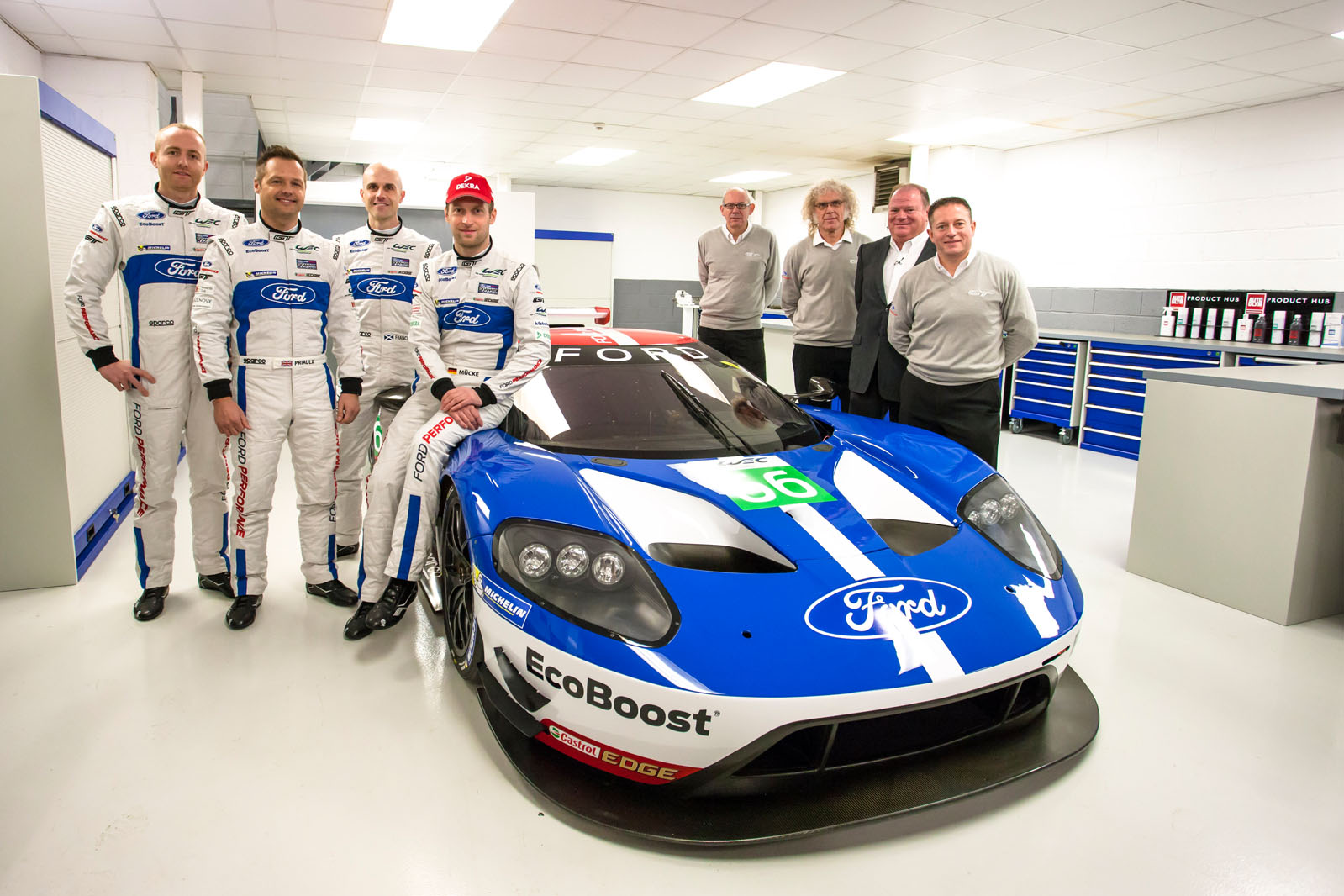
These, after all, are the people who believe great grooming gets you up the greasy pole. Yet when you talk to them about Holt’s engineering division of Multimatic – the vehicle for Holt’s success and the business he has expanded from an original Toronto-based staff of five to 900 in a dozen transatlantic locations – you discover that they don’t just like this guy, they love him. “Larry’s amazing,” says one. “When he accepts your job, you know what comes back will be better than what was promised.”
In the past couple of years, Holt has reached a new level of personal prominence via Multimatic’s involvement in super-sophisticated, low-volume supercar projects such as Aston Martin’s One-77 and Vulcan, and the latest Ford GT – both the Le Mans-winning racer and the 1000 road-going models now being built. Work on Mercedes-AMG’s Project One is proceeding, too, somewhere away from prying eyes.
Ford GT: how to build the Blue Oval's race-winning supercar
The Ford GT is by far Multimatic’s biggest supercar deal so far. The company has built a special factory at Markham, Canada, to house the assembly plant and is making the car itself, right up to the point of customer delivery. Holt calls the first year “absolute hell” but reckons things have settled down and Ford seems delighted as compliments on quality of build flow in from owners. “It’s a Ford,” says Holt. “It needs better quality than the big names.”
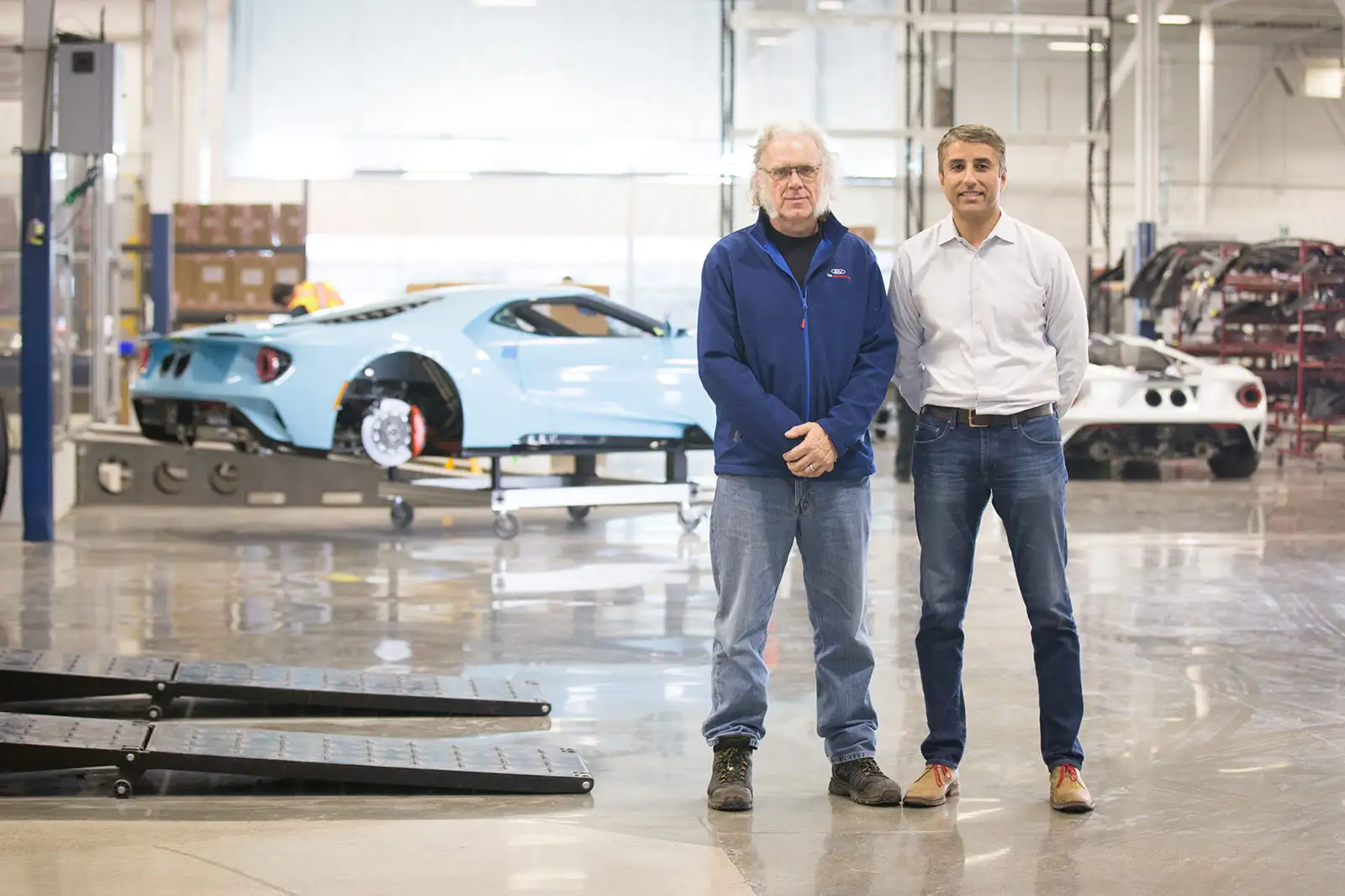
Holt spent his early life on the south coast of England (“I could see the Isle of Wight from my bedroom window”). His Canadian father, a works trials rider for BSA, sold cars and bikes for a living until Larry was eight and the family moved to Toronto; he spent his later childhood in a neighbourhood near Markham. “I loved motorcycles,” he says, “and when I was 14 one of my dad’s cronies bought a Lola T212 and I started helping him with it. I was doing Hewland gear-set changes at 15. I felt spannering was in the blood.”
Young Larry’s education suffered. He scraped entry into Ontario’s renowned University of Waterloo (from which, today, Multimatic takes a dozen students a year) but was persuaded “as a nuts and bolts guy” to change to a nearby polytechnic where they had a machine shop and taught engineering drawing in the first year. There he did much better: he became president of the Mechanical Society, graduated top of his class and acquired, through extra study at night, a strong understanding of the then-new science of finite element analysis. That led to a job at Massey Ferguson (tractor king Harry Ferguson remains one of his heroes) and he was busy spreading the word about finite element analysis on both sides of the Atlantic when the company suddenly went bust.
Riding shotgun in the Aston Martin One-77
Holt moved to Magna, the Canadian car components giant, and soon met Peter Czapka (son of Magna founder, Tony). It was a prophetic meeting. Peter had just launched his own business, Multimatic, at the moment car companies were moving from designing every part of a car in-house to pressuring suppliers to design what they made. It was music to Holt’s ears and, despite many changes, is essentially what has kept him at Multimatic ever since.
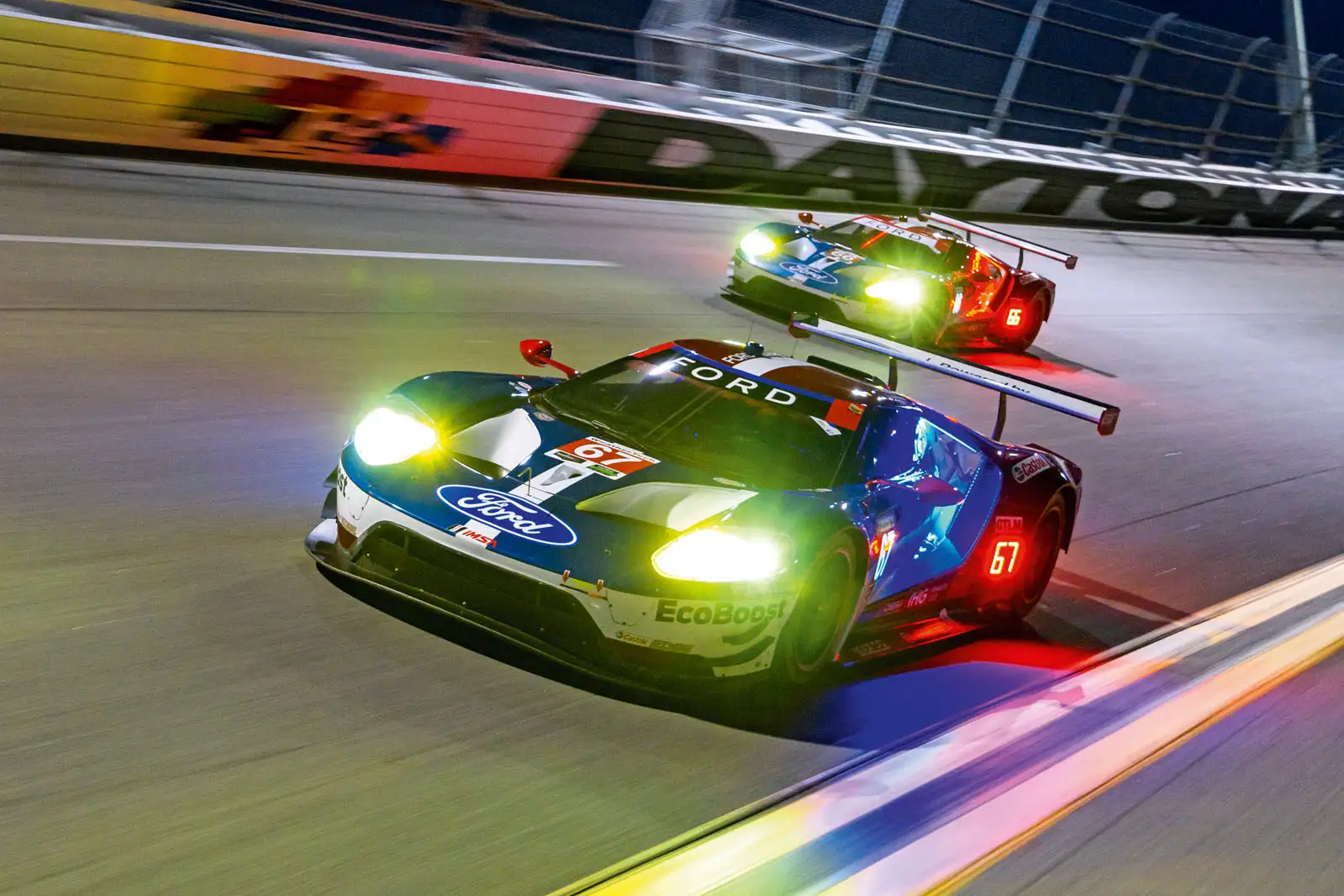
“I told Peter engineering needed to be its own profit centre, and he backed me,” says Holt. “We were building widgets but avoided me-too products and processes. Our job was to solve customers’ problems, by engineering products that fixed things or selling processes that embodied a solution.
If you’re the same as everyone else, you’re just a commodity maker. That wasn’t our business.”
One early task was to design and make door hinges for GM’s Saturn car range, built to rival high-flying Honda in the late 1980s. Multimatic soon learned that hinges required precision and expertise, and still specialises in them. Another early job, worth $2 million, was making the doors for an all-aluminium Ford Taurus called the AIV (Aluminium Intensive Vehicle). “The project was a big success. Ford had a lot of aluminium expertise back then,” says Holt. “It was ahead of Audi.”
Through this, Holt got to know Ford engineering boss Neil Ressler (“a racing guy”) and that meeting resulted in a deal for Multimatic to build a Ford-supplied Taurus SHO race car. Driven by Scott Maxwell, the car won six races and blitzed the 1992 Firestone Firehawk championship. Holt liked the winning feeling; that exploit kicked off Multimatic’s involvement in racing. Markham cars (mostly but not always Fords) have raced all over North America ever since and had a proud record of victories even before the latest GT won its class at Le Mans in 2016.
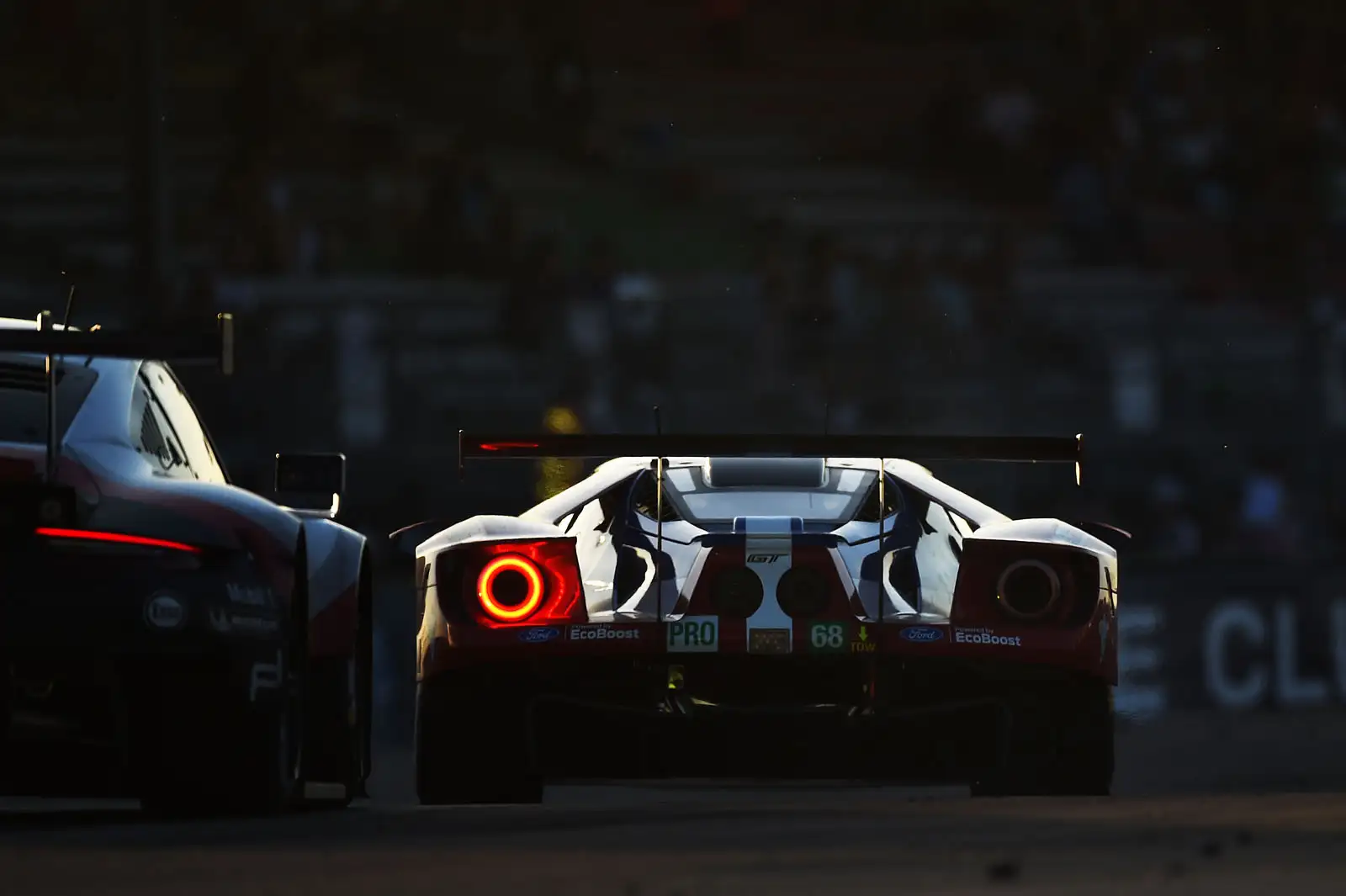
Though Holt’s title is vice president in charge of engineering, the reality is he has complete control of his own $900m division, with Ford and GM (about 35% of business each) as its biggest clients. There are two other Multimatic divisions – structures and mechanics, with VPs of their own – but racing and the manufacture of special cars is engineering’s baby, its success underscored by the presence of 30 years of patent certificates proudly displayed on its walls.
Holt cites three particular benefits from racing and engineering. “If we were just doing door hinges,” he says, “we’d attract different engineers. As it is, we have a dynamic crop of young graduates who want to be part of the vehicle engineering group. Many will be. Having a bigger group of engineers gives you more freedom when an internal programme needs extra hands. Best of all, racing can introduce you to technology that will lead to high-volume work – active aero, say, or carbonfibre technology. Racing helps you learn what the world is doing, and what it needs.”
What about future? Multimatic hasn’t yet decided what it will do when the Ford GT programme ends. “The infrastructure was paid for in the original deal,” says Holt, “so we won’t be hurt when it ends. So I’ve stopped stressing about what we’ll do next. There’s so much churn in the industry, it’s hard to see the future clearly. There’s an entire Ford EV world emerging and similar stuff inside other companies. Maybe that’s a direction we could take. If you’re good enough, you always get work.”
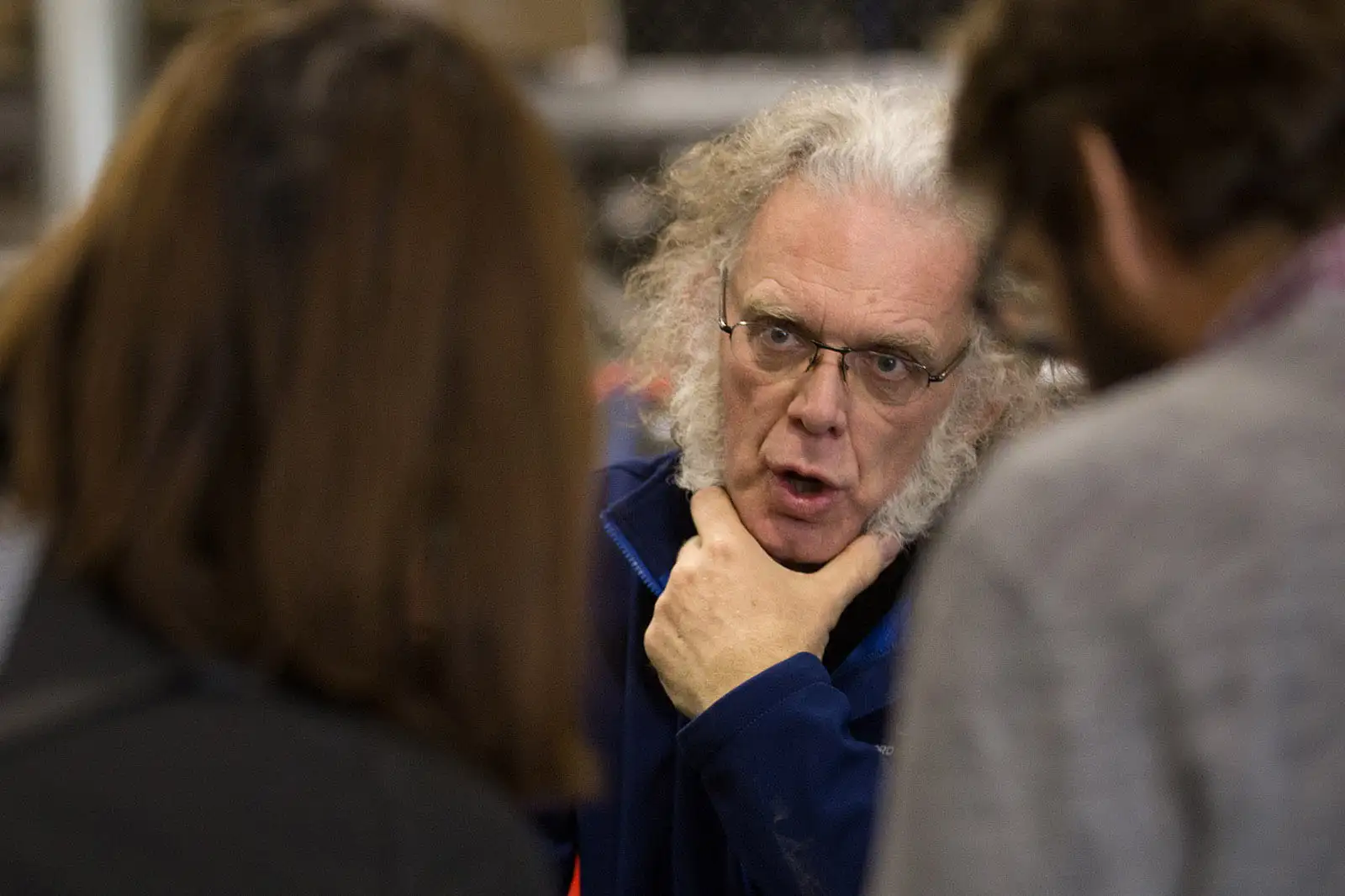
Holt says maintaining flexibility holds the key to future business.
That and maintaining a passion for engineering that runs right through the business. “You’re not just talking to me today,” he says. “You’re talking to a fantastic group of engineers, the best going. I could identify 60 in this building who are just as crazy as I am. In fact, my job is to filter the craziness. But not too much. We need it.”
Larry Holt on...
BUILDING A MULTIMATIC CAR:
“People ask why we don’t build our own car. Mainly it’s because we’ve worked with Ford and GM and AMG and Aston and we know these are $100m programmes, minimum. You need an OEM for that. We’re proud of our part in the Ford GT programme; we do what we’re good at.”
THE FUTURE FOR MAJOR CAR MAKERS:
“Big companies are trying to figure out the future. They’re worried about their businesses being taken away by some new guy. I’m not so sure it’s the big problem they worry about. People talk about what happened to Kodak and Blockbuster video, but this is a car we’re talking about. A car is really hard to [make].”
MODIFYING TODAY’S CARS FOR THE FUTURE:
“Maybe the future car isn’t only about all-new autonomous designs from original manufacturers. It might be someone coming up with an electric vehicle powertrain or an autonomous driving system and fitting it to existing cars.”
TESLA’S PROSPECTS:
“Even Elon Musk’s underestimated how hard a car is to build and sell. And he’s still yet to make any money. Good on him, for what he’s done. He’s an amazing salesman and a great character, but there’s still a long way to go.”
NEXT-GEN CARBONFIBRE STRUCTURES:
“We believe strongly that carbonfibre will find its way into the high-volume world. We’re developing processes and techniques, such as carbonfibre stamping, that are playing out right now, and we think that technology will find a new relevance very soon.”
AUTONOMOUS RIDE AND HANDLING:
“What will an autonomous vehicle be like, dynamically? We think it’ll need different things from cars now. We’ve hooked up with the biomechanics guys at the University of Padua who understand inner earissues and body mechanics – stuff that makes people prone to motion sickness.”
THE RISK OF R&D:
“Some departments are too full of scientists and think-tanks, all doing theoretical stuff and going off at tangents. That’s also a problem with the current obsession with Silicon Valley. Everyone’s out there trying to find the next great idea, but I’m not sure they’ve got the pragmatism needed.”
A NEW ROLE FOR ACTIVE SUSPENSIONS:
“We think the needs of passengers in autonomous cars could play in favour of fully active suspensions. What will really make people comfortable? Some will be sitting backwards, after all. And what do passengers need when they read a book? Not everyone’s going to spend the whole journey looking out of the window.”
Read more
Ford GT: how to build the Blue Oval's race-winning supercar
Ford GT review

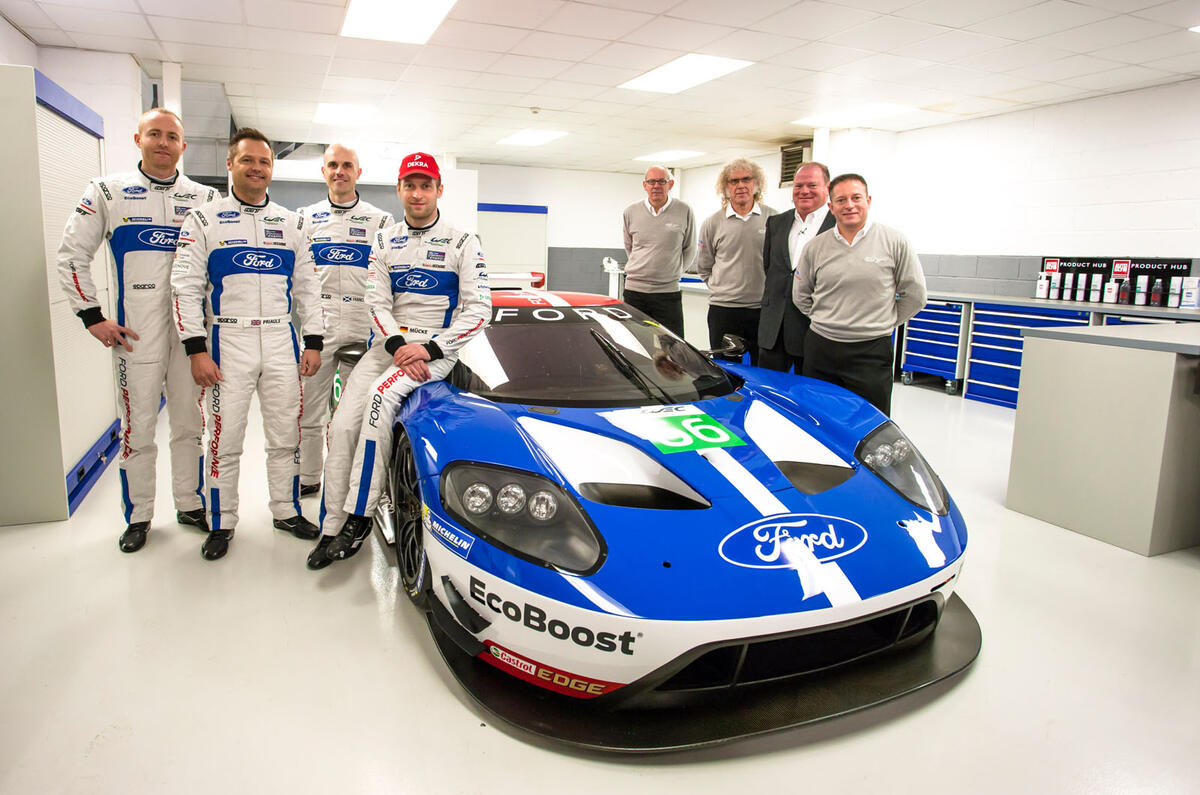
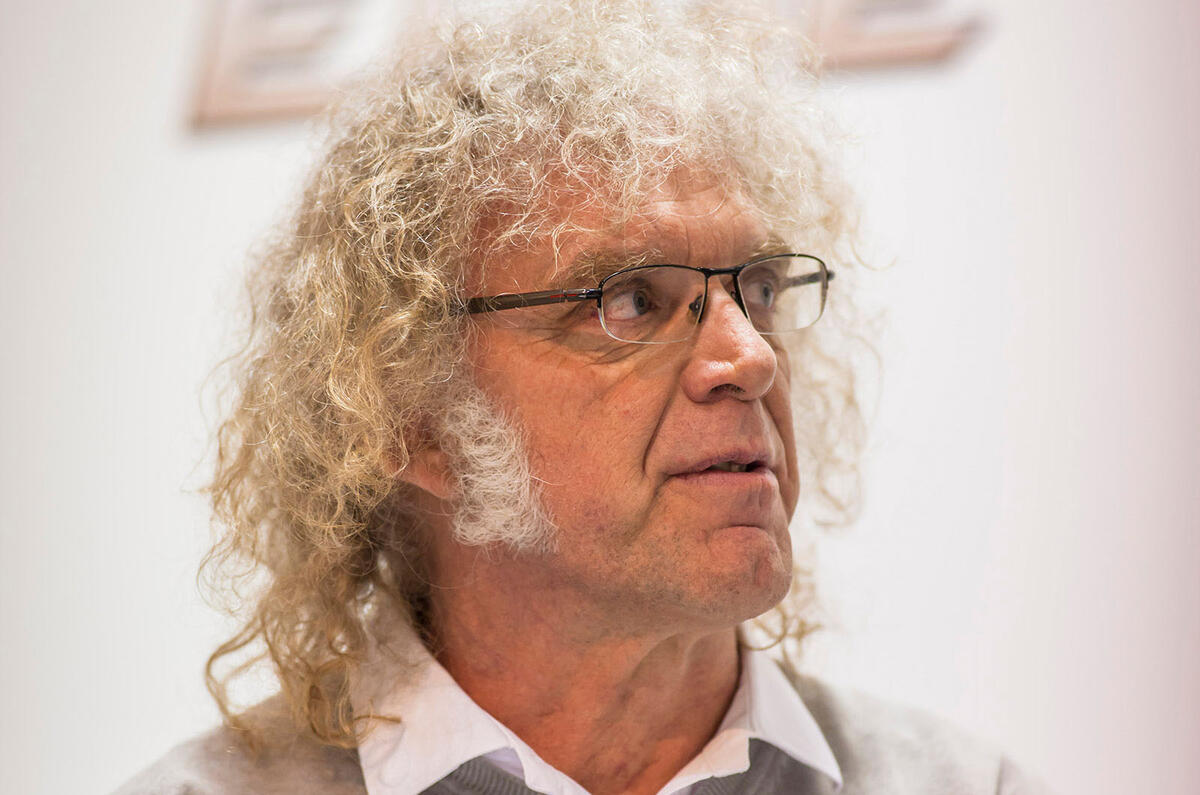
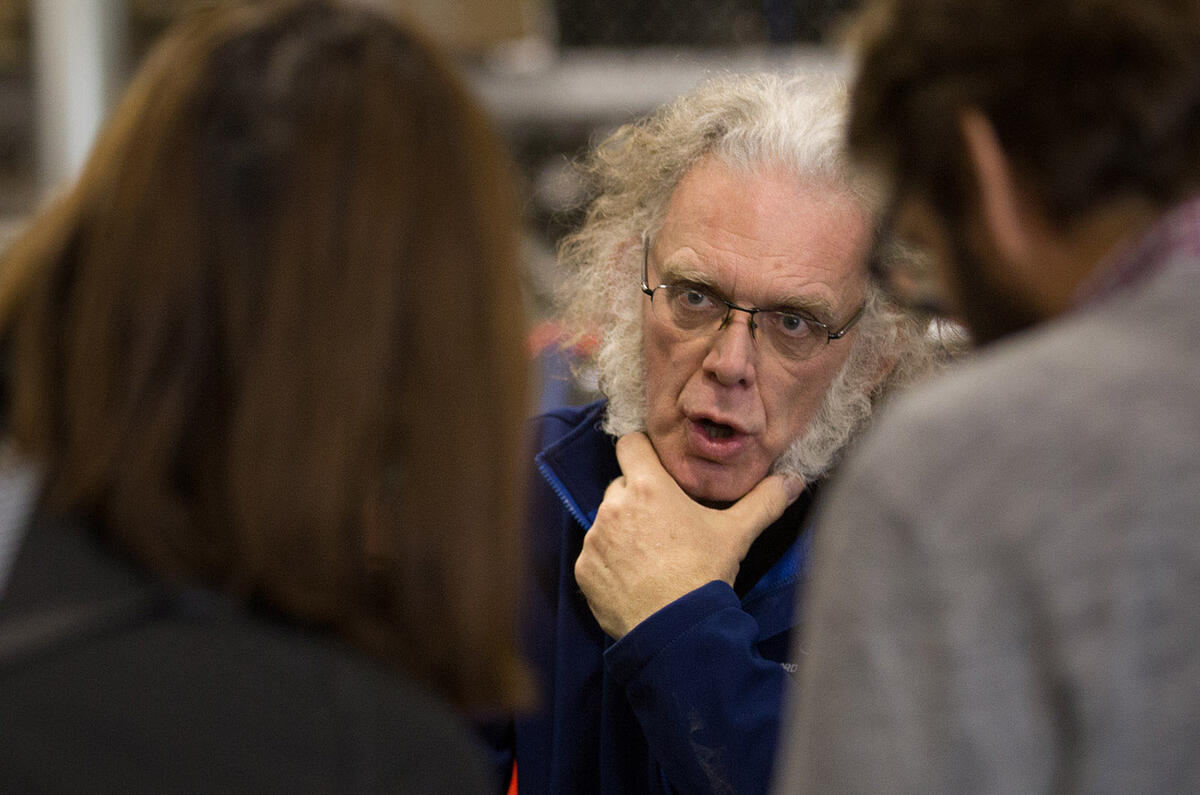
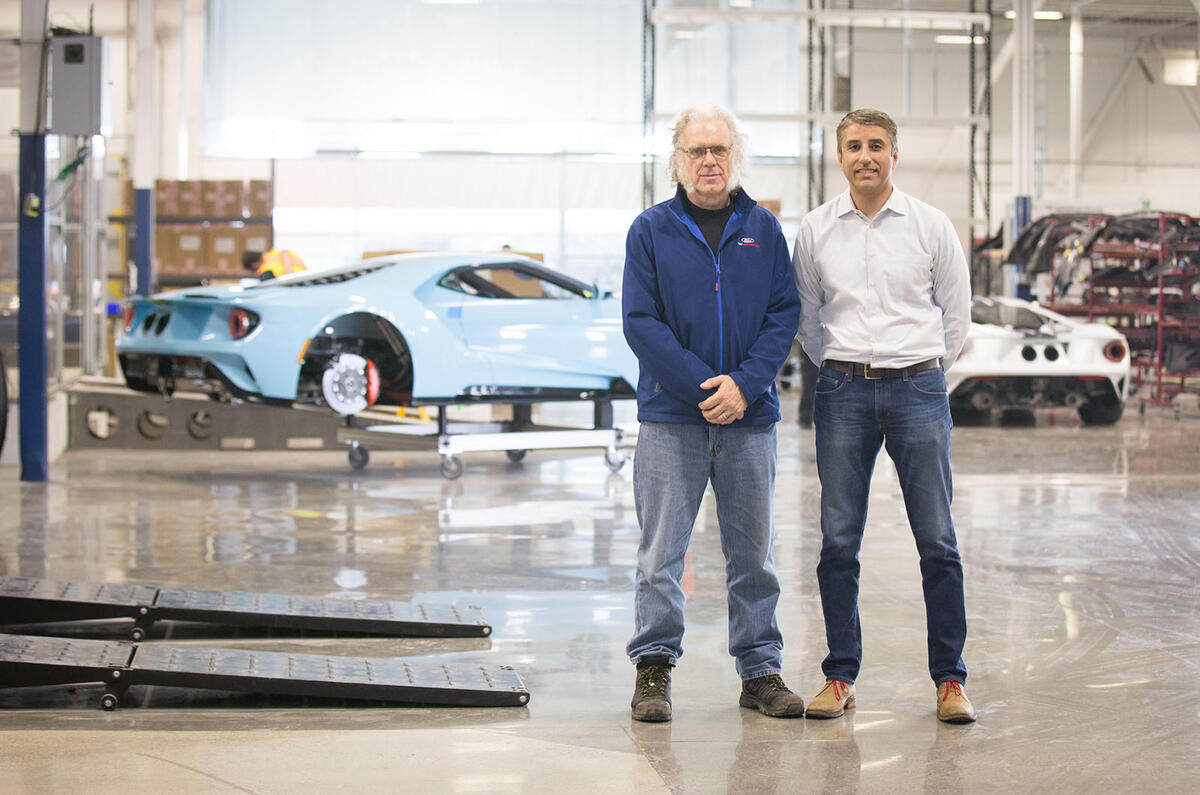
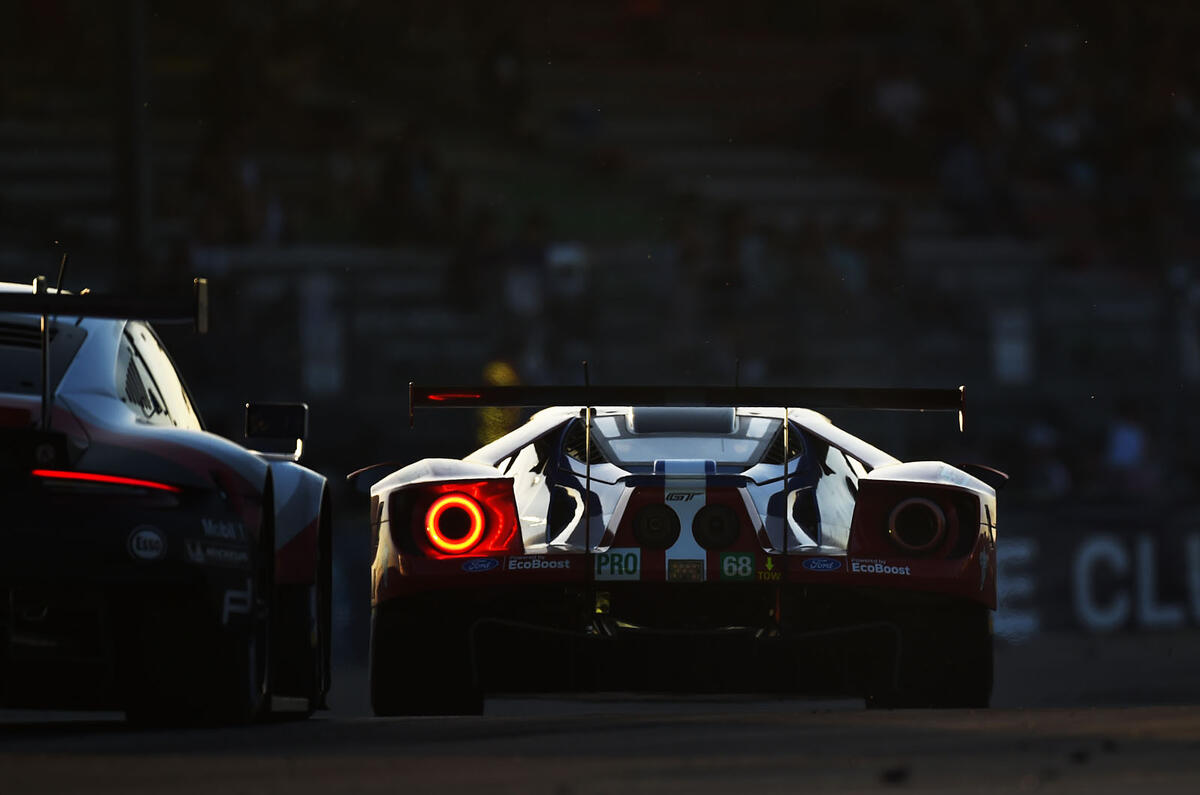
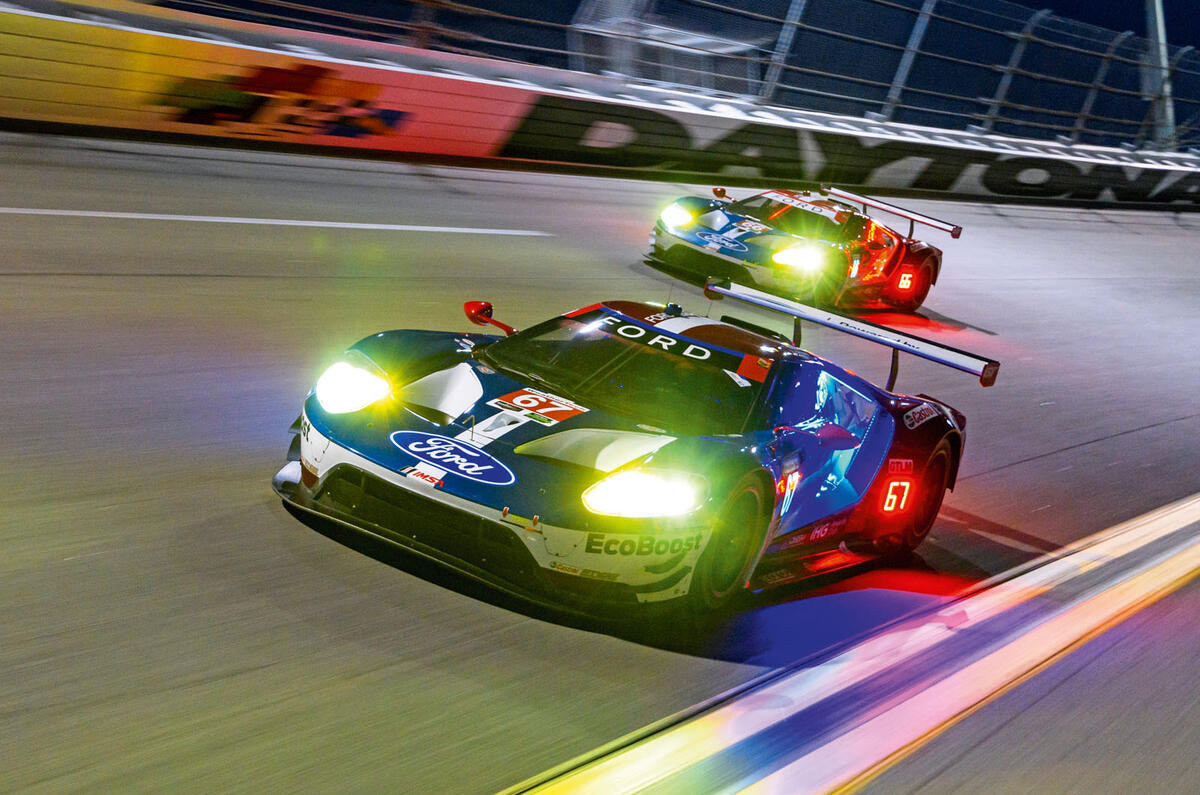
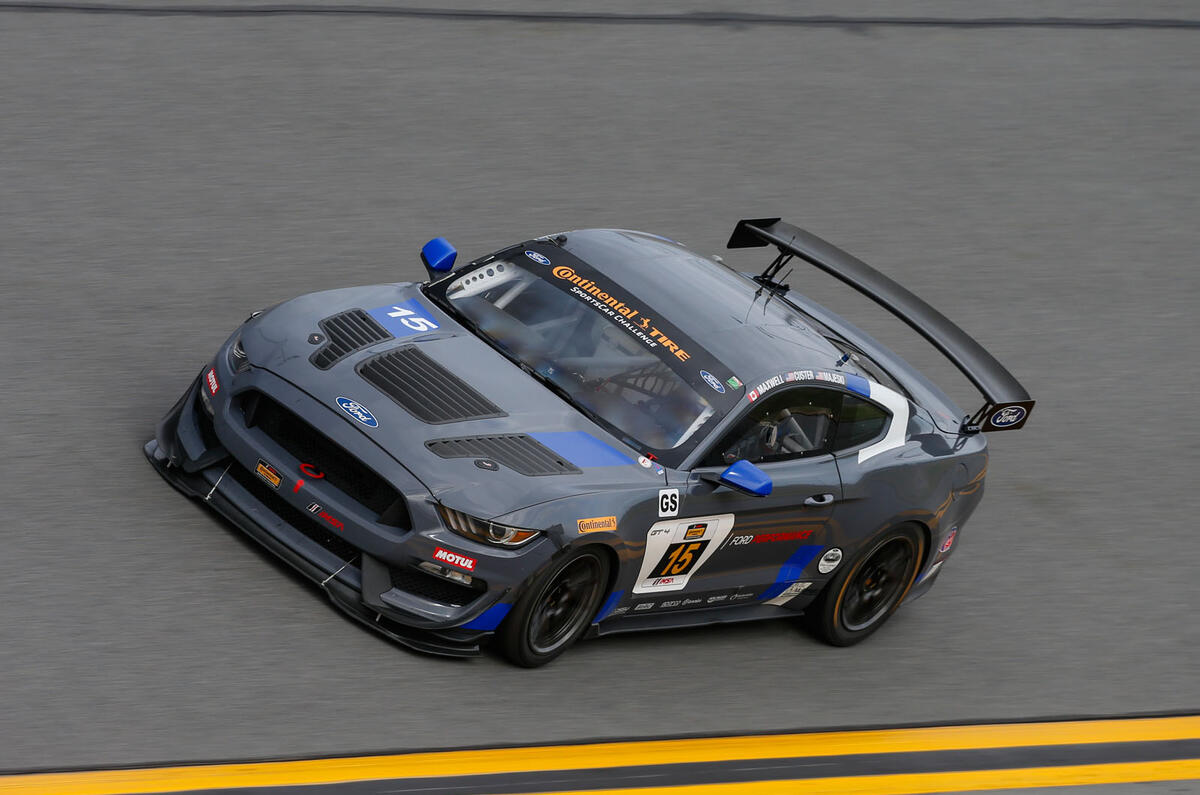
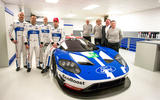
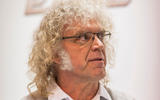
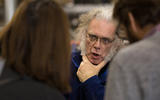
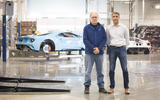
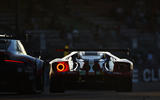
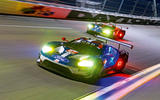
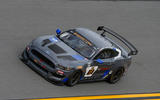






Add your comment